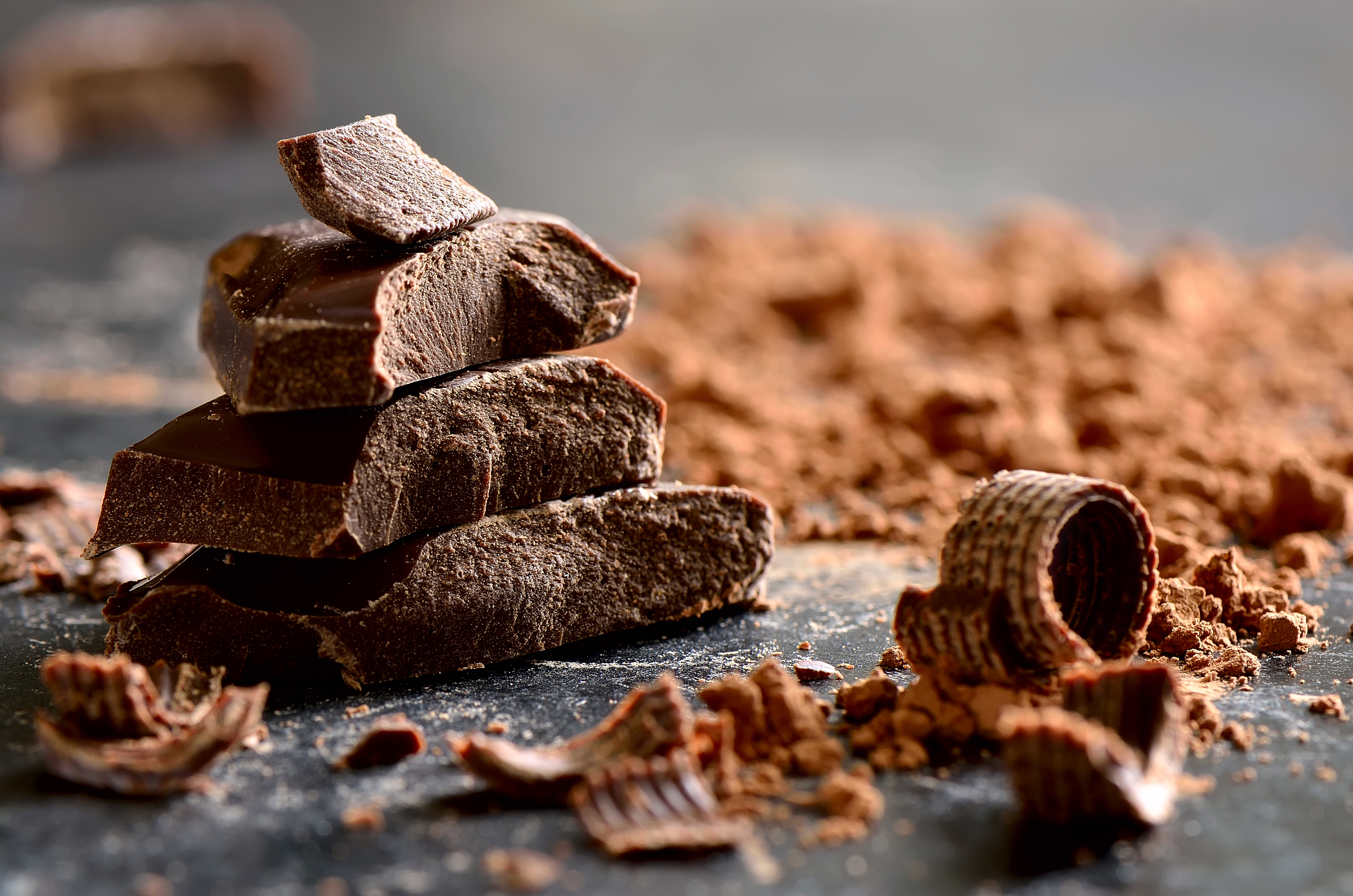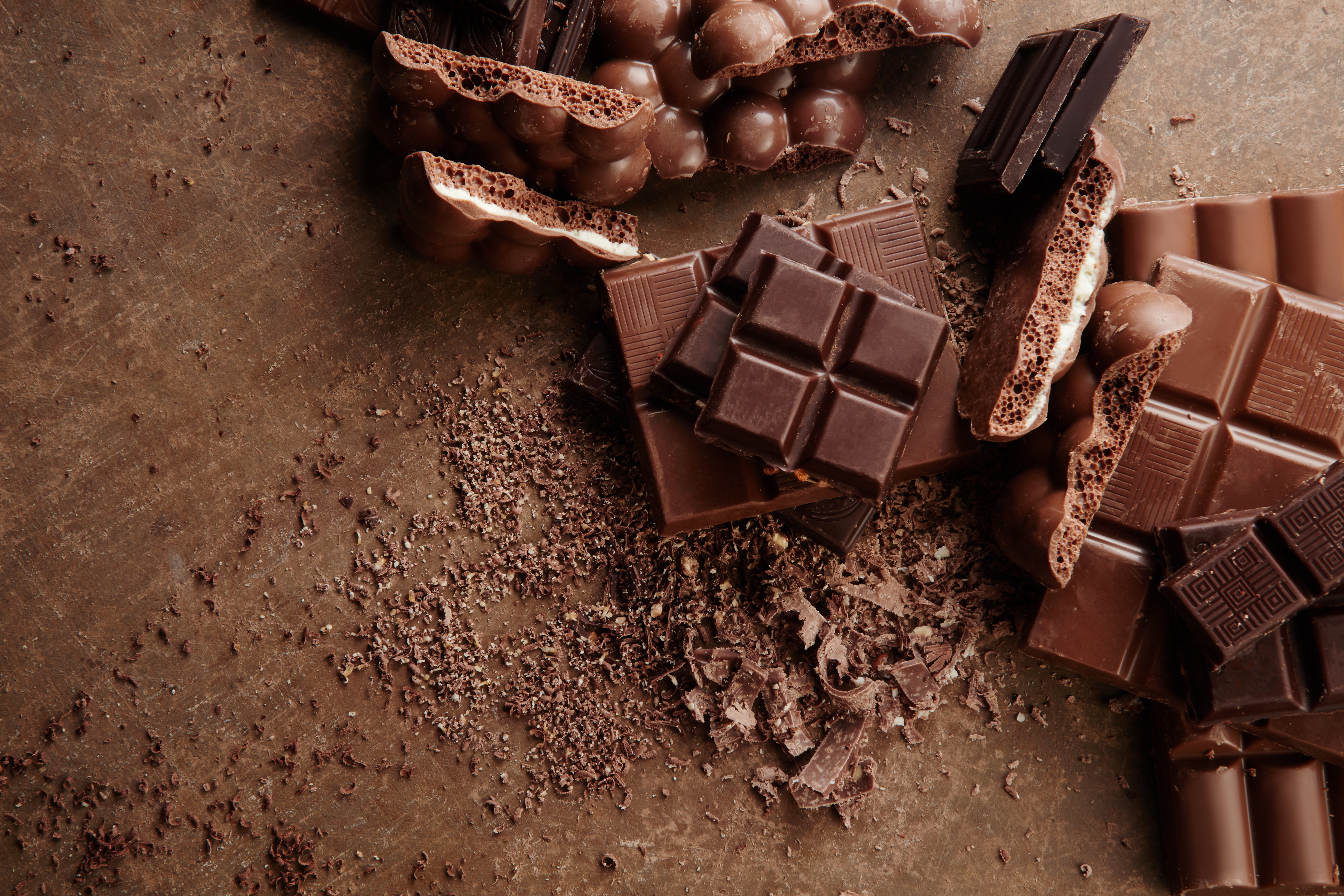Free digital copy
Get Speciality Food magazine delivered to your inbox FREE
Get your free copy
Chocolate. It’s surely one of life’s greatest pleasures. Certainly, that seems to be the case in western Europe which, according to Euromonitor, accounts for three quarters of global sales annually, alongside North America and Asia Pacific.
In an industry worth a whopping $100billion though, many have been left behind. Staggering statistics from Fairtrade estimate just 6% of the value of a chocolate bar goes back to the cocoa farmer.
But the tide is turning. Customers are increasingly putting their money where their mouth is, seeking more sustainable, ethical choices, with a ripple effect slowly but surely making a positive impact on cocoa growers.
Deloitte’s Sustainable Consumer research in 2022 marked out sustainable products and packaging, reducing waste in manufacturing, ethical working practices, reducing carbon footprint, and respect for human rights as key in purchasing decisions for nearly three quarters of those surveyed.
Armed with this insight, fine food retailers who set their sights on artisan bean-to-bar chocolate brands with an ethical heart, will be making a move in the right direction.
Chocolatier, pastry chef, and Barry Callebaut ambassador Gary Hunter, says great artisan chocolate begins with the farming process and husbandry. Chocolate makers need to ensure the pods are being cared for on the tree, and that the process of fermenting the beans is carried out properly – usually over six or seven days.
“The best chocolate,” he says, “is dried naturally on big beds, and covered by a retractable roof at night to protect from moisture. During the day, the cover comes back, and the sun will do its work, with the beans constantly raked to get an even tan. Some plantations speed up the process, lighting fires under the plinths, but the smoke can get into the beans. Sometimes, if you taste some American chocolate, there is a slight smokiness to it because of that process.”
Cocoa beans are then graded. And this is where buyers and corporations come in. “They have to place a lot of faith and trust in the cocoa companies,” says Gary. “They have to get to know their supplier and build that relationship. A retailer or chef should be doing that for every supplier, so they know exactly where their product is coming from.”

“Bean-to-bar producers have really made the consumer think about the cocoa process and what they’re eating,” says Gary. “They’ve woken up the consumer to understand more about flavour profiles. Considering the cost-of-living crisis, people seem to be prepared to pay just that little bit more for something they wouldn’t eat on a day-to-day basis, and savour and enjoy it. People are more aware of mass market, thinking about provenance and appreciating the nuances of good chocolate.”
High quality chocolate tends to start out with better beans, says Gary. “Most artisan makers can go back to source and often name a single estate or plantation where their beans have come from. They know what they’re buying, and what the flavour profiles are. And they have the experience to bring those profiles out.”
Gary likens higher quality cocoa beans to fine wine. “You will get some really complex flavours coming through. That helps to make people really appreciate the craft of the chocolatier and the craft of the farm that produced the cocoa.”
Three more factors setting artisan apart, Gary adds, are cocoa butter, emulsifiers and sugar.
He says large manufacturers tend to take away a percentage of cocoa butter, replacing it with other fats such as palm or coconut. “It masks the flavour of the cocoa, and also dulls the snap and crack,” Gary explains. “You want chocolate to slowly melt in the mouth rather than into a fudgy mass. It should have a really smooth finish, and cocoa butter plays a big part in that.”
On the subject of emulsifiers, Gary says there’s been quite a bit of debate in the chocolate world over the use of lecithin, and he encourages fine food retailers to seek out bars made without it. “It’s used in some chocolate to bind the ingredients together. I applaud those that create bars without it in. It makes it slightly harder for them to go through the tempering process, but this is the challenge of chocolate, and it is well worth it, especially as lecithin is deemed to mask flavour.
“Another thing there’s been a lot of research into is reducing sugar. It’s something we absolutely need to do. Chocolate is well known for hiding sugar, but it also changes the flavour profile slightly. Less sugar gives more of a cocoa kick, which I personally love.”
Chocolatier Deanna Tilston, who started her own chocolate company during a personal health journey, discovering high quality chocolate could be beneficial to her, says she has seen an increase in interest around lower sugar bars. “Lots of people are diabetic or pre-diabetic, or are just looking for ways to reduce the sugar in their diet. We make a 90% bar and it has been so well received! It does satisfy you more,” she says.
On the topic of artisan, Deanna, who sources from small, ethically run plantations, says this decision benefits not only her customers, but farmers, and that this has to be the way forward. “With a lot of big chocolate brands, you have no idea where they’re buying their beans. They don’t say on the packaging.” She encourages retailers to ask makers more questions on sourcing, and also to check ingredients lists. “There shouldn’t be a lot of ingredients in artisan chocolate. If there are, you’re basically buying the chocolate equivalent of chicken nuggets – it will be over-processed, and we’re hearing so much now about how ultra-processed foods are bad for us.”
Echoing Gary’s concerns over emulsifiers, Deanna says they’re “not healthy for our gut. Big manufacturers put them in because they’re good for their machinery, but they’re not good for us!”

There are more than 600 flavour profiles in cocoa beans. That’s more than wine. And this opens up a world of possibilities when it comes to artisan chocolate. For Gary, the ‘Rolls Royce’ of the cocoa world is the Criollo bean, which he says is “packed with flavour” but susceptible to disease. He points then to Forastero, which is more common, with a better yield. And to Trinitario – a hybrid of Criollo and Forastero, combining great taste with improved hardiness.
“Having said that, there are hundreds of different hybrids plantations are working on, trying to create the best yielding, healthy cocoa trees they possibly can. A lot of science is going on in the background.”
Deanna adds that if you give two different chocolatiers the same batch of beans, much like artisan cheesemaking, the result will never be the same. Working with small batch growers allows Deanna to coax some very interesting profiles out of her beans, from notes of raisin and honey in those from a plantation in Belize, to sour cherry, figgy notes in a Haiti bar, and hints of peach in her Ugandan chocolate.
With most consumers’ interaction with chocolate being limited to supermarkets, Deanna says sampling and doing tastings in-store with makers is incredibly important not just for sales, but from an educational perspective, encouraging shoppers to fall in love with craft chocolate. “Retailers need to take their customers on the journey. Once they taste the chocolate, they can register the difference, and the price point isn’t a huge problem. It’s a lot cheaper than a bottle of good wine and has so many health benefits.”
She adds, “With craft chocolate the taste is so much better. It’s not about gobbling down bar after bar for a quick fat/sugar high. It’s about enjoying the taste of it and picking up on those flavour notes.
Gary says to pay attention to areas like Sao Tome and the Ivory Coast. “They’ve traditionally been consistently good for many years, but they still need a lot of support from consumers and chocolate companies to be able to ensure they are sustainable, there’s no child slavery in the process, and there are ways to educate the communities and make sure they have good healthcare.
“All that social stuff is really really important.”
Gary adds that eastern Asia is producing some “cracking cocoa”, and that with investment, India’s cocoa plantations could be the ones to watch. “If we can help them with their growing and harvesting process, they have distribution to rival most nations! If they focus on the quality of the cocoa in the next few years, it could be an area to take seriously.”
Investment in emerging and existing markets is, adds Deanna, crucial to the continuation of the chocolate industry. “We have to be more mindful of so many things, like climate change, and disease, but also the fact many young people don’t want to work on cocoa farms. They’ve seen that traditionally their relatives have lived in poverty all their lives, so they’ll go to the cities to find work and make more money.
“We need people on the ground in the industry. If we can give a better price to farmers, the job becomes more attractive, and things become more transparent. And that is very important, I’m finding, with younger people. They’re very interested in where their chocolate comes from, and that the farmers were paid a fair price.”
Look out for these accreditations and associations on chocolate, which show the maker is trying to work in a more sustainable and ethical way.
Rainforest Alliance: The Alliance works with around a million cocoa farmers. The certification programme helps tackle deforestation, child slavery and climate resilience.
Fairtrade: The organisation sets standards for companies that include paying a fair price to farmers, and it is invested in helping create good social, economic and environmental outcomes in cocoa growing regions.
Cocoa Horizons: Founded by Barry Callebaut, Cocoa Horizons seeks to improve the livelihoods of cocoa farmers and their families, and to protect communities, nature and children.
Direct Trade Cacao: A model in the industry where chocolatiers engage directly with farmers or cooperatives. This seeks to improve quality control, give farmers fairer prices, create traceability, foster good environmental practices, and to help preserve cultures and communities.